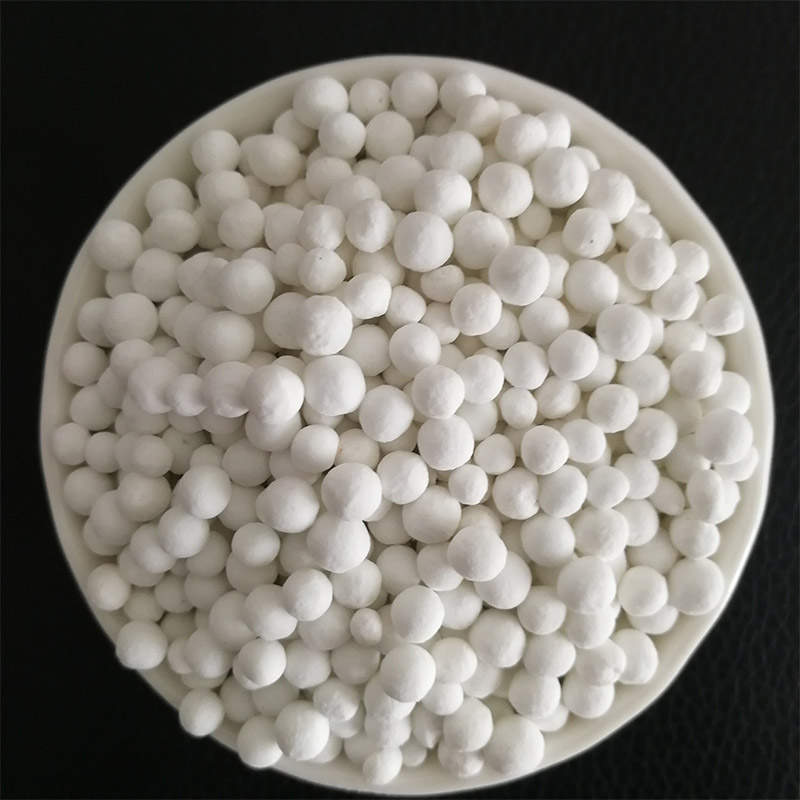Potassium Fertilizers: Essential Nutrients for Healthy Plants
Potassium is one of the three primary macronutrients essential for plant growth, alongside nitrogen and phosphorus. It plays a critical role in water regulation, enzyme activation, and overall plant vigor. Many gardeners and farmers frequently discuss how to ensure their plants receive adequate potassium, as deficiencies can significantly impact yield and plant health. Understanding potassium fertilizers and how to use them effectively is key to achieving a thriving garden or farm.
1. What is Potassium Sulfate, and How is it Used?
Potassium sulfate (K₂SO₄) is a highly recommended potassium fertilizer because of its excellent solubility and low salt content. Unlike potassium chloride, it does not contain chloride, which can harm sensitive plants. Gardeners often use potassium sulfate to boost potassium levels safely without affecting soil pH significantly. It is suitable for a wide range of crops, including fruits, vegetables, and ornamental plants.
2. How Can I Determine if My Plants Need More Potassium?
Potassium deficiency often shows through symptoms like yellowing leaf edges, weak stems, poor fruit development, or slow growth. The most reliable method to determine potassium needs is through a soil test. Regular testing allows gardeners to apply the right amount of potassium before deficiencies impact plant health, ensuring more robust growth and higher yields.
3. What Are the Best Sources of Potassium Fertilizer?
Several potassium-rich fertilizers are commonly used:
Potassium Sulfate (0-0-50): Ideal for general gardening, lawns, and high-demand crops.
Sulfate of Potash (SOP): A natural source of potassium and sulfur, especially beneficial for fruiting plants.
Langbeinite (0-0-22): Provides potassium, magnesium, and sulfur, suitable for crops needing multiple nutrients. Care must be taken to avoid overuse due to its magnesium content.
Organic Options: Compost, wood ash, and other organic fertilizers can supply potassium, although they release nutrients more slowly.
4. How Do I Apply Potassium Fertilizer Effectively?
Application methods vary depending on fertilizer type:
Explore more:What is the Significance of 111-44-4?
What is the Use of Chemical 109-52-4?
Top 7 N-Methylaniline Manufacturers You Should Know About
Is Propanesulfonyl Chloride the Next Essential Chemical?
How to Safely Buy Bulk Dimethyl Sulfoxide: A Complete Guide
Ethanesulfonyl Chloride vs. Similar Reagents: Key Differences ExplainedGranular Fertilizers: Spread evenly across the soil using a broadcast spreader. Mixing with compost can improve distribution.
Liquid Fertilizers: Dilute according to instructions and apply during watering for quick absorption.
Timing: Apply during active growth periods for the best results. Avoid late-season applications to prevent problems such as disease in certain crops or lawns.
5. Can I Make My Own Potassium Fertilizer at Home?
Homemade potassium fertilizers are possible and cost-effective:
Wood Ash: Contains potassium carbonate, but use sparingly to avoid raising soil pH excessively.
Banana Peels: Chop and compost them to release potassium gradually.
Comfrey Tea: Soak comfrey leaves in water to create a potassium-rich liquid fertilizer.
While these methods are eco-friendly and inexpensive, nutrient levels are less consistent than commercial products, so monitoring soil health is important.
In conclusion, potassium is a vital nutrient that supports plant strength, fruit quality, and overall growth. Whether using commercial fertilizers or homemade alternatives, the key to healthy plants lies in regular soil testing, careful application, and timely nutrient management. By understanding the different sources and uses of potassium, gardeners and farmers can ensure their plants thrive and produce bountiful harvests



Comments
0